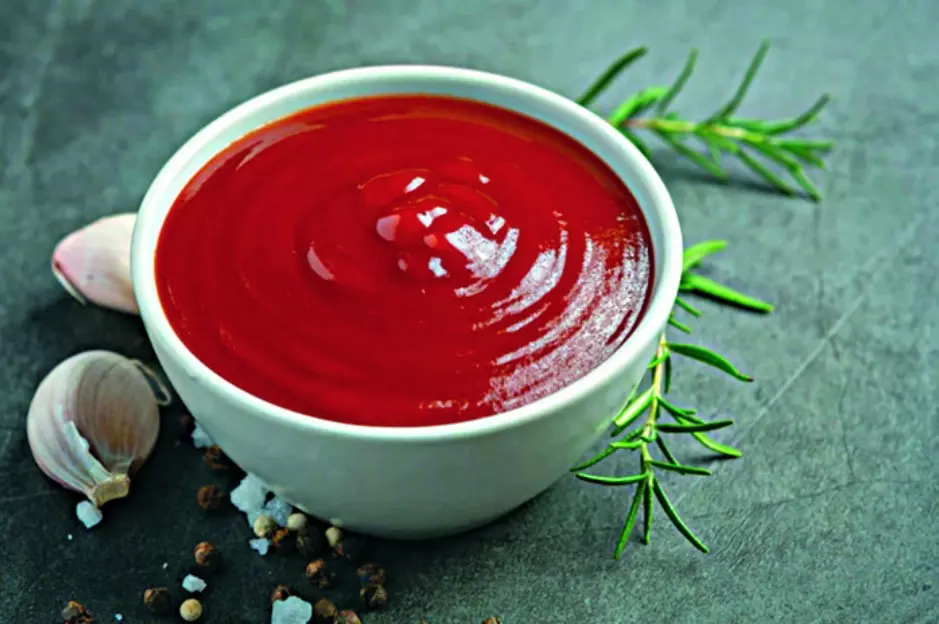Condiments, the New Culinary Companions
Beyond ketchup and mustard, condiments from across the globe are redefining our daily plates and palates with bold flavours

We’ve all reached for that familiar squirt of ketchup or dollop of mustard to add a little something to our meals. But beyond these ubiquitous Western staples lies a vibrant universe of condiments, each a testament to cultural history and a potent key to unlocking extraordinary flavours in everyday dishes. From the zesty embrace of Mexican salsa verde to the deeply savoury notes of Japanese miso, these sauces, pastes, and seasonings are the unsung heroes that elevate the mundane to the magnificent.
Science of Flavours
At its heart, the transformative power of condiments lies in the science of flavour. They often introduce elements that stimulate our palates in fundamental ways. Acidity, present in vinegars, citrus juices, and fermented ingredients, cuts through richness and adds a refreshing tang. Spice, derived from chili peppers and other pungent ingredients, awakens our senses and adds layers of complexity. Perhaps most intriguing is umami, the savoury fifth taste often found in fermented products like miso and gochujang, which adds a satisfying depth and mouthfeel.
Chef Anya Sharma, a sought-after private chef from Mumbai says, “Condiments are like the punctuation marks in a dish. They can completely change the rhythm and impact of the flavours. We often experiment with incorporating global elements. For example, we use a chimichurri made with local Indian herbs to accompany our tandoori lamb, adding a fresh, herbaceous counterpoint to the smoky meat. Gochujang has also become a secret weapon in some of our stir-fries, lending a depth that goes beyond just heat.”
Flavours In A Jar
Across the globe, certain condiments have become culinary cornerstones, deeply ingrained in the fabric of their respective
food cultures. Take Sriracha, the fiery Thai chili-garlic sauce that has achieved international stardom. Its balanced heat, subtle sweetness, and garlicky punch make it a versatile companion to everything from noodles to eggs. In Argentina, Chimichurri, a vibrant green sauce made with parsley, oregano, garlic, olive oil, and vinegar, is the quintessential partner to grilled meats, its herbaceous freshness cutting through the richness with aplomb.
Korea boasts Gochujang, a fermented red chili paste that delivers a complex profile of heat, sweetness, and umami. This thick, fiery condiment is a foundational ingredient in countless Korean dishes, adding depth and character to stews, marinades, and dipping sauces. Traveling to North Africa, we encounter Harissa, a fiery and aromatic chili paste often blended with garlic, spices like cumin and coriander, and sometimes roasted red peppers. Its smoky heat adds an unmistakable North African flair to tagines, couscous, and even simple grilled vegetables. Finally, from Japan comes Wasabi, the pungent green paste derived from a root vegetable. Its sharp, sinus-clearing heat is a classic accompaniment to sushi and sashimi, providing a contrasting jolt of flavour. In India no meal is complete without a side of Achaar (pickles), these pickles are not the textbook vegetables dipped in vinegar instead consist a whole lot of oomph and flavours from the endless spices added into them.
Cultural Significance
The cultural significance of these condiments extends far beyond mere taste enhancement. They often carry centuries of tradition, reflecting local ingredients, preservation techniques, and culinary philosophies. Fermentation, a common thread in many global condiments like gochujang and miso, not only imparts unique flavours but also speaks to historical methods of food preservation. The specific blend of herbs and spices in chimichurri varies regionally in Argentina, reflecting local agricultural nuances and family traditions passed down through generations.
Blending Global Palates
The modern culinary landscape is witnessing an exciting fusion of global flavours, with chefs and home cooks alike embracing these international condiments to create innovative and exciting dishes. Imagine a drizzle of harissa oil on a shakshuka, adding a North African twist to a Middle Eastern classic. Or perhaps a dollop of gochujang stirred into a creamy pasta sauce for a spicy, umami-rich kick. The possibilities are endless.
The Chef’s Corner
Kia Nayar, a food researcher and chef, who specializes in Japanese and modern interpretations of traditional cuisine says, “While wasabi and soy sauce are foundational in Japanese cooking, we are also seeing a beautiful cross-pollination of ideas. I've experimented with adding a touch of harissa to a miso-glazed eggplant, the smoky heat complementing the savoury sweetness beautifully. The key is understanding the core flavour profiles of these condiments and how they can interact with other ingredients to create something new and exciting.”
The world of condiments is a testament to the boundless creativity and ingenuity of culinary traditions across the globe. By venturing beyond the familiar and exploring these flavourful treasures, both home cooks and professional chefs can unlock new dimensions of taste and transform everyday meals into extraordinary culinary adventures. So, the next time you reach for a condiment, consider looking beyond the usual suspects — a world of vibrant flavours awaits.
A Burst Of Flavours
• Sriracha, the fiery Thai chili-garlic sauce goes well with noodles and egg
• Chimichurri (a vibrant green sauce made with parsley, oregano, garlic, olive oil, and vinegar) enhances taste of grilled meats
Gochujang (a fermented red chili paste) is a foundational ingredient in countless Korean dishes
• Harissa (a fiery and aromatic chili paste blended with garlic, cumin and coriander, and roasted red peppers) adds an unmistakable North African flair to tagines, couscous, and grilled vegetables.
• Wasabi (pungent green paste derived from a root vegetable) is a classic accompaniment to sushi and sashimi
• Pickles & Chutney: In India no meal is complete without a side of achaar (pickles) or chutneys

